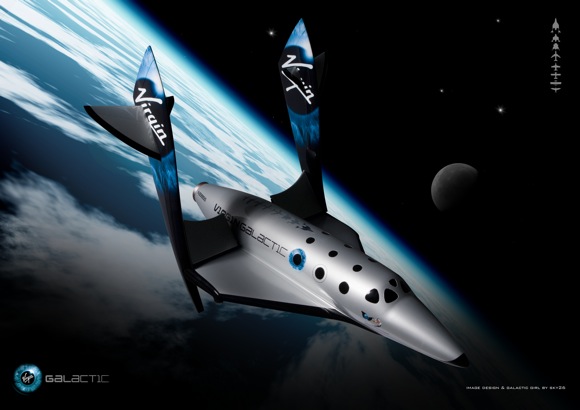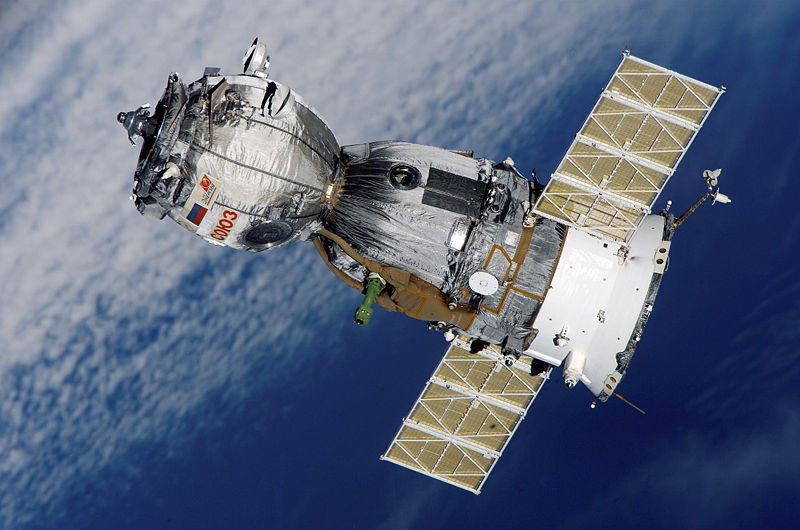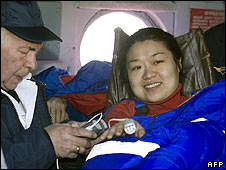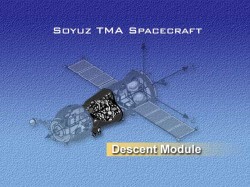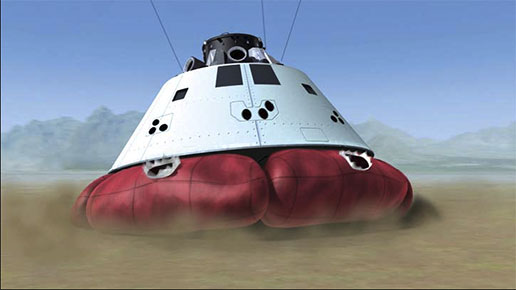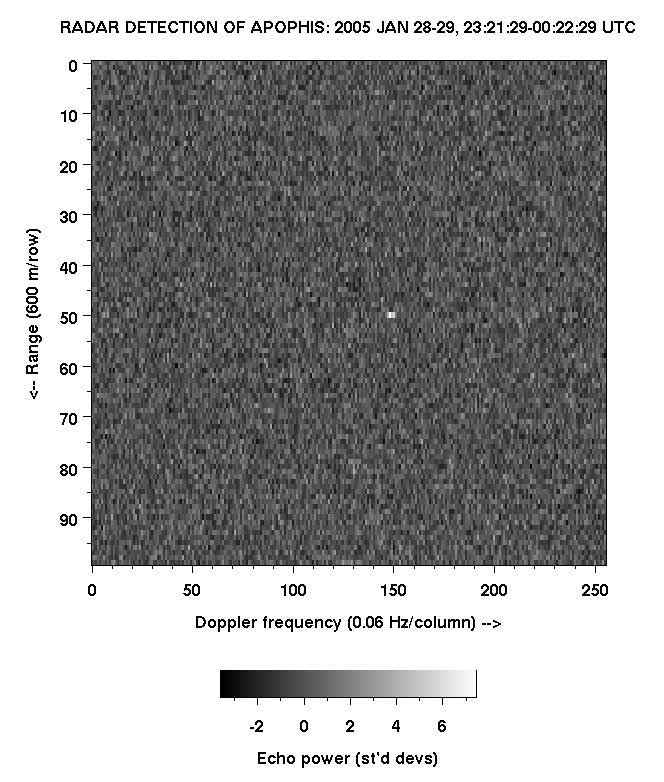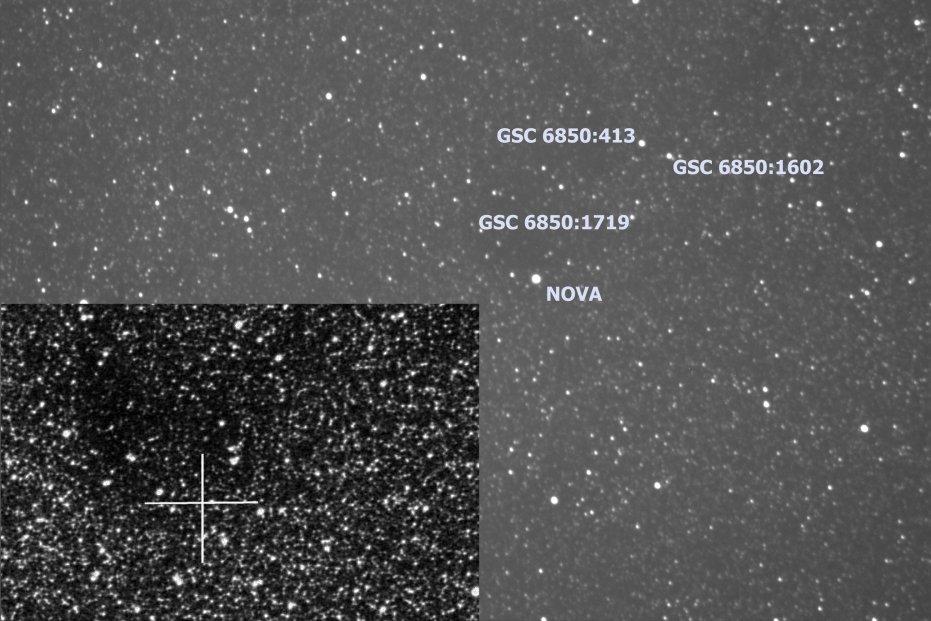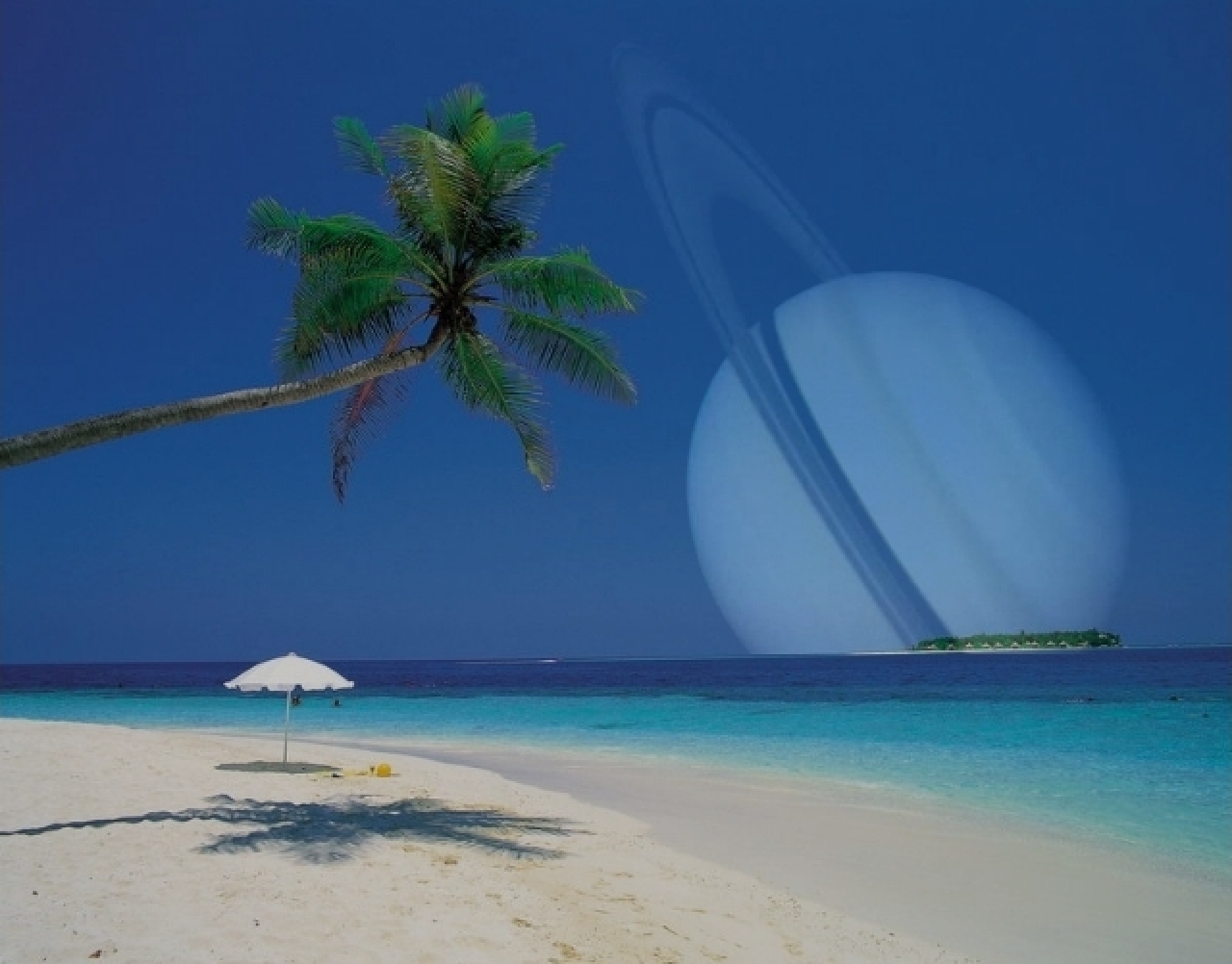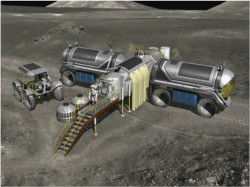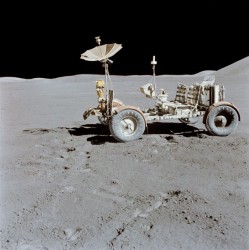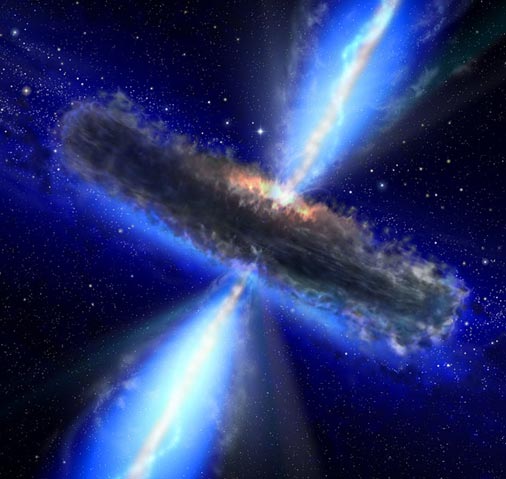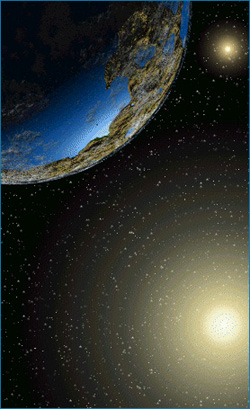He’s married a couple on board a Virgin America jet, he’s also officiated the marriage of Google’s co-founder Larry Page on his private island in the Caribbean, now Richard Branson wants to marry couples as they reach the apex of their Virgin Galactic flights into space. The British billionaire already has two wedding-related bookings, one marriage and one honeymoon, and it is hoped he will obtain a licence to conduct the ceremonies for more. Certainly unique, but I wonder how popular getting hitched in zero gravity will be…
Richard Branson has broken many records. Not only has he developed one of the largest corporations in the world, he has many personal records under his belt. In 1986, he broke the record for crossing the Atlantic in a powerboat; in 1991 he crossed the Pacific in a balloon, again, breaking all records. He also has experience with weddings. He was ordained for a day last year to marry Virgin America marketing director Dimitrios Papadognonas and Coco Jones on a flight from San Francisco to Las Vegas. So now he wants to combine these two accolades: Break the record for the highest-altitude wedding, officiating the ceremony himself. What’s more, he already has his first booking.
The world’s first space-honeymoon belongs to Virgin Galactic advisor George Whitesides and his fiancée Loretta Hidalgo. They have reserved tickets for the Virgin Galactic maiden flight, costing $100,000 each. As for the wedding, the couple who have reserved their tickets remain unknown. It is hoped however that Branson will be there to talk them through their vows:
“We have had two bookings involving marriage, one to get married in space and the other for the couple to have their honeymoon in space. It is possible that Richard could obtain a licence to conduct the marriage.” – Virgin Galactic spokesman
Virgin Galactic already has 200 people booked to fly into space proving there is a market for space tourism out there. Construction of SpaceShipTwo has already begun and the first test flights are expected to commence in 2009.
If you have the cash and want the wedding you’ll never forget, this might be the answer to the millionaires out there. For me, the risk of feeling a bit queasy after the stag party the night before might be enough to ground me from taking any risks in zero-G…
Source: Daily Mail (UK)

